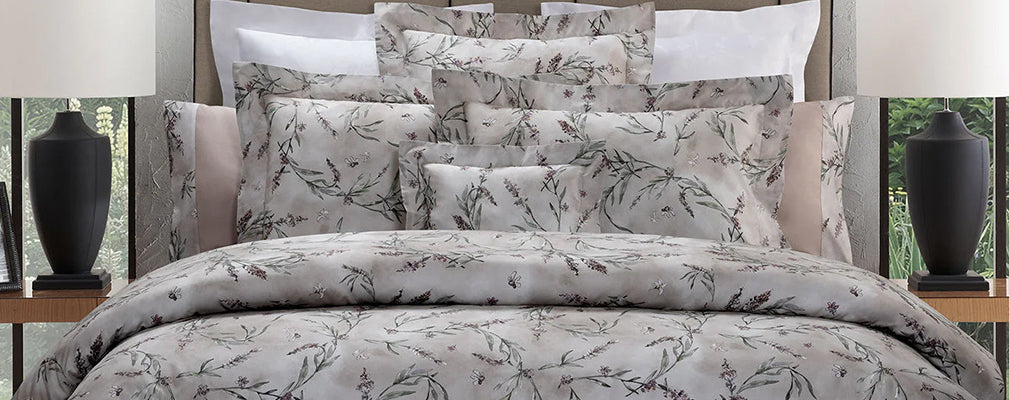Eco-sustainable textiles have become a crucial focus for the textile industry as awareness of the environmental impact across the entire supply chain continues to grow. This increasing awareness has led to a heightened interest from the public and brands alike in adopting more ethical and sustainable consumption practices.
There are three strategies we can adopt in choosing environmentally sustainable fabrics:
- Natural fiber fabrics: pure cotton, pure linen, pure wool.
- Innovative fabrics: natural and alternative fibers, such as bamboo, hemp, Lyocell/Tencel, etc.
- Recycled fabrics: virtuous enterprises are flourishing in Italy that with regenerated fabrics (natural, but also synthetic) put into practice the circular economy model, extending the life of textile materials and reducing waste.
Let's see together what eco-sustainable fabrics are.
Environmentally sustainable fabrics of natural (traditional) fibers
Among the most well-known and widely used eco-sustainable fabrics, three stand out:
- Pure Linen: Considered one of the most eco-friendly fabrics among traditional natural fibers. Linen, derived from the Flax plant, is sustainable, requiring fewer resources than cotton. For true eco-friendliness, it should come from organic farming. Linen is suitable for low-fertility soils, absorbs CO2, and yields a strong, durable, hygroscopic, and lightweight fiber. Products made from pure linen are durable, valuable, and biodegradable.
- Pure Cotton: The most common natural fiber globally, but its production, if not organic, has a significant environmental impact, requiring substantial water, pesticides, and fertilizers. Organic cotton, with its long fibers, is recyclable, allowing the regeneration of pure fiber garments.
- Pure Wool: A natural and biodegradable fiber obtained from sheep farming. However, wool production can be environmentally unfriendly. Wool becomes sustainable when sourced from a certified supply chain that prioritizes animal welfare, worker conditions, and avoids intensive pasture exploitation.
The key advantage of these natural fibers lies in their complete biodegradability, especially when treated with environmentally friendly substances and dyes. Consequently, garments made from these eco-friendly fabrics can be easily disposed of without causing environmental pollution once their life cycle is over.
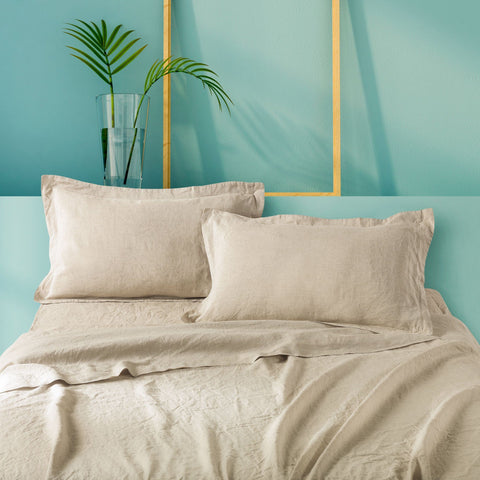 |
 |
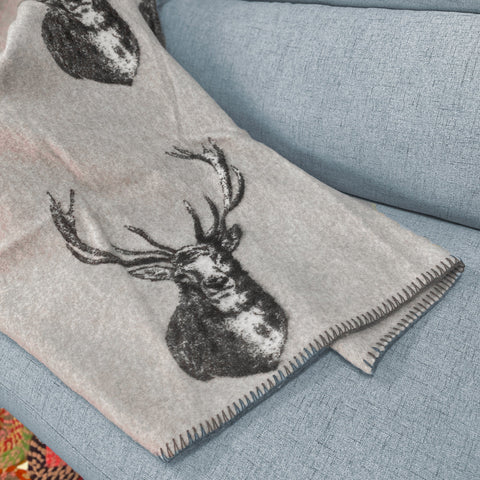 |
Innovative Environmentally Sustainable Fabrics
In the realm of innovative eco-sustainable fabrics, we refer to those derived from both lesser-known natural fibers, which are of high quality and more efficiently cultivated with reduced resource waste but are not widely utilized in the textile industry, and those arising from newly developed fibers.
- Hemp: while hemp has a long production history, it is currently in decline and relatively unknown. However, it is a plant with a very low environmental impact. Hemp grows rapidly, consumes few resources, and does not deplete soils even with prolonged cultivation. The fabric obtained from hemp is a gauze similar to linen, offering a cool, soft, durable, and hypoallergenic texture. By promoting organic cultivation, hemp could reemerge as a valuable resource for the textile industry, offering significant environmental sustainability advantages.
- Bamboo: bamboo stands out as perhaps the most environmentally sustainable natural fabric. The bamboo plant is a robust and resilient evergreen with rapid growth, earning it the title of the fastest-growing plant in the kingdom. It can reach heights of up to 30 meters. Besides contributing to the environment by producing 35 percent more oxygen than an ordinary tree, bamboo is a significant carbon dioxide absorber. Its cultivation requires minimal resources: the plant's innate antifungal and antibacterial properties eliminate the need for pesticides, and it consumes very little water. The benefits extend to the raw material production phase. Moreover, the fibers derived from bamboo are excellent for textile production, delivering naturally soft, durable, cool, breathable, antifungal, and highly hygroscopic fabrics. Bamboo fibers create air cushions in the fabric, absorbing moisture four times more effectively than cotton.
- Lyocell or Tencel: Lyocell, or Tencel (a patented and certified fabric from Austria), represents a fiber crafted from cellulose, akin to rayon and viscose. However, it distinguishes itself as the most environmentally sustainable option due to its clean production process.
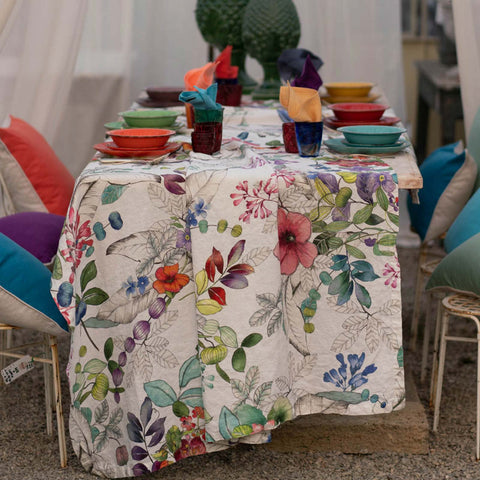 |
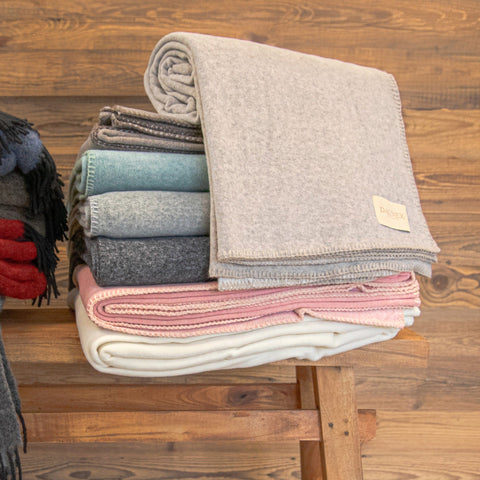 |
 |
| Tablecloth in Pure Hemp with printed Floral Pattern - Maui | Blanket in Bamboo Fiber - Nature | Duvet in Fiber Tencel Lyocell - Edition 101 |
Usage tips: the sustainable long life of fabrics
To ensure a prolonged lifespan for your eco-friendly fabric garments, consider incorporating the following practices into your routine. These not only contribute to the material's preservation but also align with a more eco-friendly and environmentally conscious lifestyle.
When washing, opt for neutral soaps, white vinegar, or citric acid instead of fabric softener. The aggressive chemicals in industrial detergents can accelerate the wear and tear of natural fibers, leading to undesired tearing or discoloration.
Another effective strategy is to maintain a low temperature and spin speed during washing to treat your fabrics more gently.
Lastly, allowing clothes to air dry overnight and regularly airing them out, particularly woolen garments, facilitates fiber regeneration and helps keep them clean for an extended period. These practices collectively contribute to sustainable fabric care.




